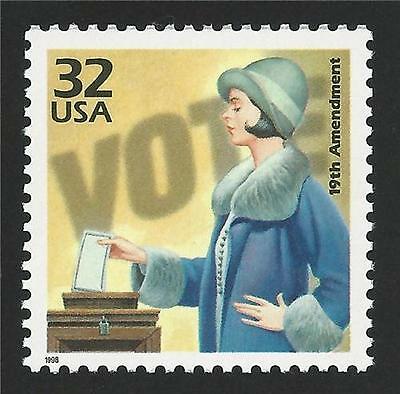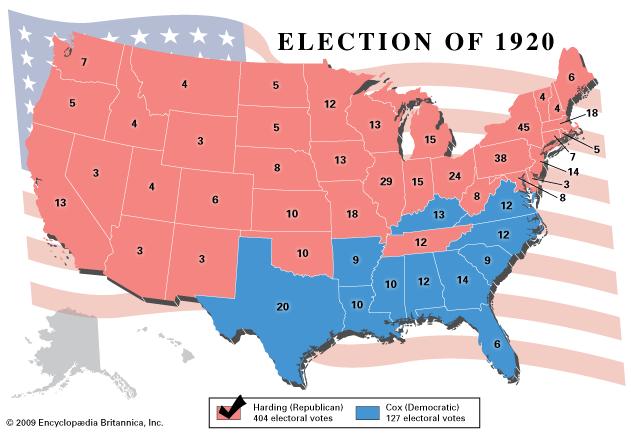|
On November 2, 1920, Election Day, the U.S. consisted of 48 states, with a population of 106 million. Only 49% of the eligible voters went to the polls. America had shifted to an urban nation with the help of automobiles, manufacturing, chain stores and access to easy credit. The illiteracy rate dropped to six percent and average life expectancy was 54 years. The United States was producing two–thirds of the world’s oil supply to support the 15 million registered automobiles in the nation. In 2019, we were still the top oil producer at fifteen percent.
Entry into the League of Nations was the main issue in the election addressing the question of internationalism versus nationalistic policy. The Sedition Act of 1918 brought freedom of speech into the spotlight.
|
“America’s present need is not heroics, but healing; not nostrums, but normalcy; not revolution, but restoration; not agitation, but adjustment; not surgery, but serenity; not the dramatic, but the dispassionate; not experiment, but equipoise; not submergence in internationality, but sustainment in triumphant nationality."
The Election ResultsOdds were any Republican candidate would have won in the 1920 election since they were really running against Wilson, entry into the League of Nations, a failing economy and the emotional aftermath of war. Warren G. Harding, friendly to a fault and without “intellectual ambitions,” won in a landslide. No surprise, wouldn’t you vote for a guy who said the greatest thing in life is happiness?
It was one of the most lopsided elections in history. Harding, who turned 55 on Election Day, received 61% of the popular vote and 404 of the 531 Electoral votes. Cox could not have said it better – “the worst drubbing” – of any candidate for president. |
For all the first - 1920 was the last "election campaign by phonograph".


